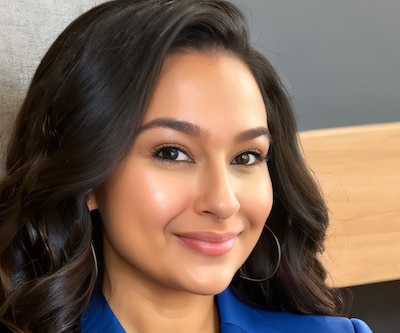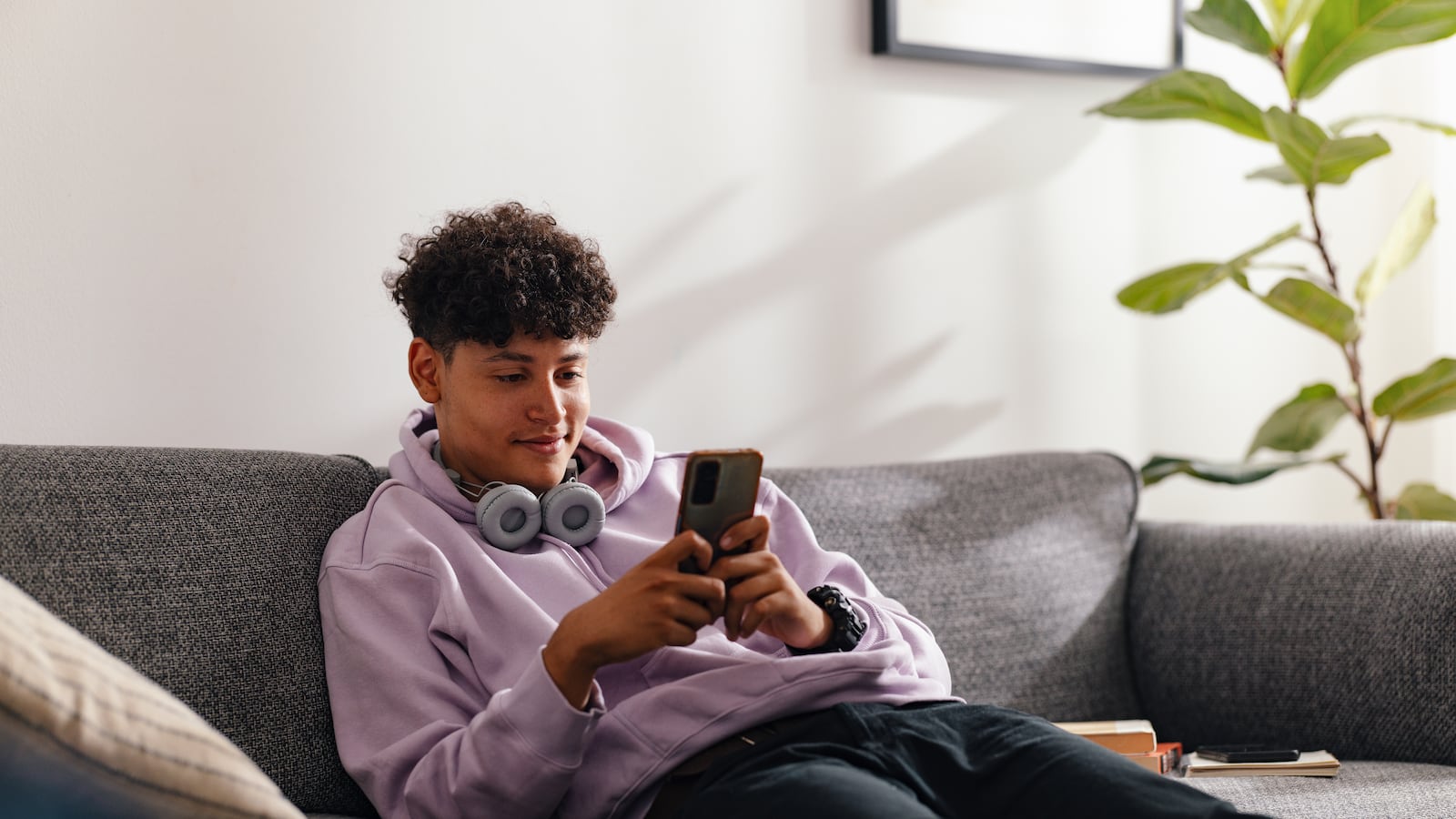Before the pandemic, the idea of communicating with a therapist via text seemed unthinkable. Then COVID closures and an unprecedented surge in teen mental health issues changed everything.
I know what a difference it makes for teens because I talk to them almost every day.
I am a therapist who works for NYC Teenspace, New York City’s free mental health service connecting young people with licensed multilingual therapists through the secure (and HIPAA-compliant) platform Talkspace. This effort is breaking down barriers to mental health care, especially for those who may struggle to find a therapist who meets their needs.

The program, launched a year ago this month by Mayor Eric Adams and the New York City Department of Health and Mental Hygiene, is available to anyone ages 13 to 17 living in New York City, regardless of their school, immigration status, income level, or insurance status. No payment or insurance information is required.
While we ask all teens to share a parent or guardian’s information so that they can provide consent, in special circumstances, state law permits waiving that requirement, for example when the young person is emancipated, incarcerated, or if notification is deemed detrimental to their well-being. That is something that the licensed therapist assesses.
For many teens, it’s the first time they’ve ever talked with a therapist. And my goal is to create a space where teens feel like they can be themselves. Asking questions, staying curious, and not making assumptions are key to helping young people feel supported.
While many of our interactions are asynchronous and over text, I always encourage a live face-to-face video session or offer to send asynchronous audio or video messages. I want them to know that it’s OK to ask questions that can help them better understand therapy, mental health, themselves, and how to advocate for their needs.
They’re often curious to learn about depression, ADHD, PTSD, and other diagnoses they may have heard about on social media or from their friends. Sometimes, they ask if I’m a real human or if I’m AI. They like hearing that I grew up in New York, in the Bronx and Yonkers, that I have a cat, and the types of music I enjoy.
Teens may be experiencing anxiety or depression, or they may be grieving. But they don’t need to be experiencing symptoms of mental illness or living with loss to participate. They may be navigating a new relationship or breakup, adjusting to changes in their family dynamics, or experiencing uncertainty about what they want to do after high school.
We talk about what’s causing them stress and what will improve their quality of life. It’s rewarding when I hear from a teen client who has tried a technique we’ve practiced, like deep breathing, progressive muscle relaxation, thought-stopping, or communication skills, and found that it works. From my experience, teens are more likely than adults to share their progress as it’s happening, rather than to reflect on it several months later.
How effective is NYC Teenspace? More than 16,000 teens have signed up for the service so far. Early data shows that 65 percent of users reported improvement in their mental health, and that number is growing. Underserved neighborhoods in Brooklyn and the Bronx lead the city in signups, and 60 percent of users identify as Black or Hispanic.
Going forward, I hope to see even more teens using it, especially boys. City data shows that teenage girls have been more than three times as likely to seek help on the platform. We have work to do to increase reach to teen boys, who may encounter more stigma around seeking help.
Still, I’m astonished by telehealth’s ability to promote strong connections with users, particularly Gen Z. These digital natives communicate effortlessly through text and other online media. They express themselves in ways an adult patient typically wouldn’t. They share photos of their pets, selfies, memes, audio clips — and, yes, lots of emojis — offering glimpses into their world that enrich the therapeutic process.
NYC Teenspace therapists can communicate in 13 different languages, and the platform uses translation support in 120 languages.
They share photos of their pets, selfies, memes, audio clips — and, yes, lots of emojis.
No matter what their language, teens tend to find on-demand messaging a more comfortable, accessible option in which to open up about their challenges in ways they might find difficult IRL. Between school, commuting, extracurriculars, and other responsibilities, some teens have avoided therapy because it has been challenging to get to an in-person appointment. Having a private space can often be a challenge for any New Yorker, and this is no different for teens. More than half of all users prefer exclusively engaging with their therapist via messaging.
The current ratio of NYC public school guidance counselors is 1 for every 272 students, and there are even fewer licensed mental health professionals. Last year, nearly half of teens surveyed in New York City reported experiencing mild to severe depressive symptoms. They worry about the future or something bad happening to them or to their families, which may be a sign of anxiety.
Skeptics of therapy in a digital space may say that the experience of in-person treatment can’t be replicated. In some instances, this is true. However, therapy that can happen via telehealth can connect with teens in a way that meets their needs. As any teen today can tell you, messaging is how they communicate with their closest friends. Online therapy is also much easier than in-person appointments to scale amid unprecedented teen mental health needs.
As with any treatment, it’s important to know the limitations. NYC Teenspace therapists are responsible for assessing clients for risks, including risks to themselves or others. If a teen presents with significant concerns like self-harm or suicidality, their therapist is expected to share resources, make appropriate referrals, and intervene as needed to ensure safety.
For the majority of teens who are not in crisis, NYC Teenspace offers a vital space where they can explore their emotions, develop coping strategies, and build resilience. These are skills they can bring with them as they grow into adulthood.
Erin Mack is a therapist and clinical quality risk manager with Talkspace, which operates NYC Teenspace.


